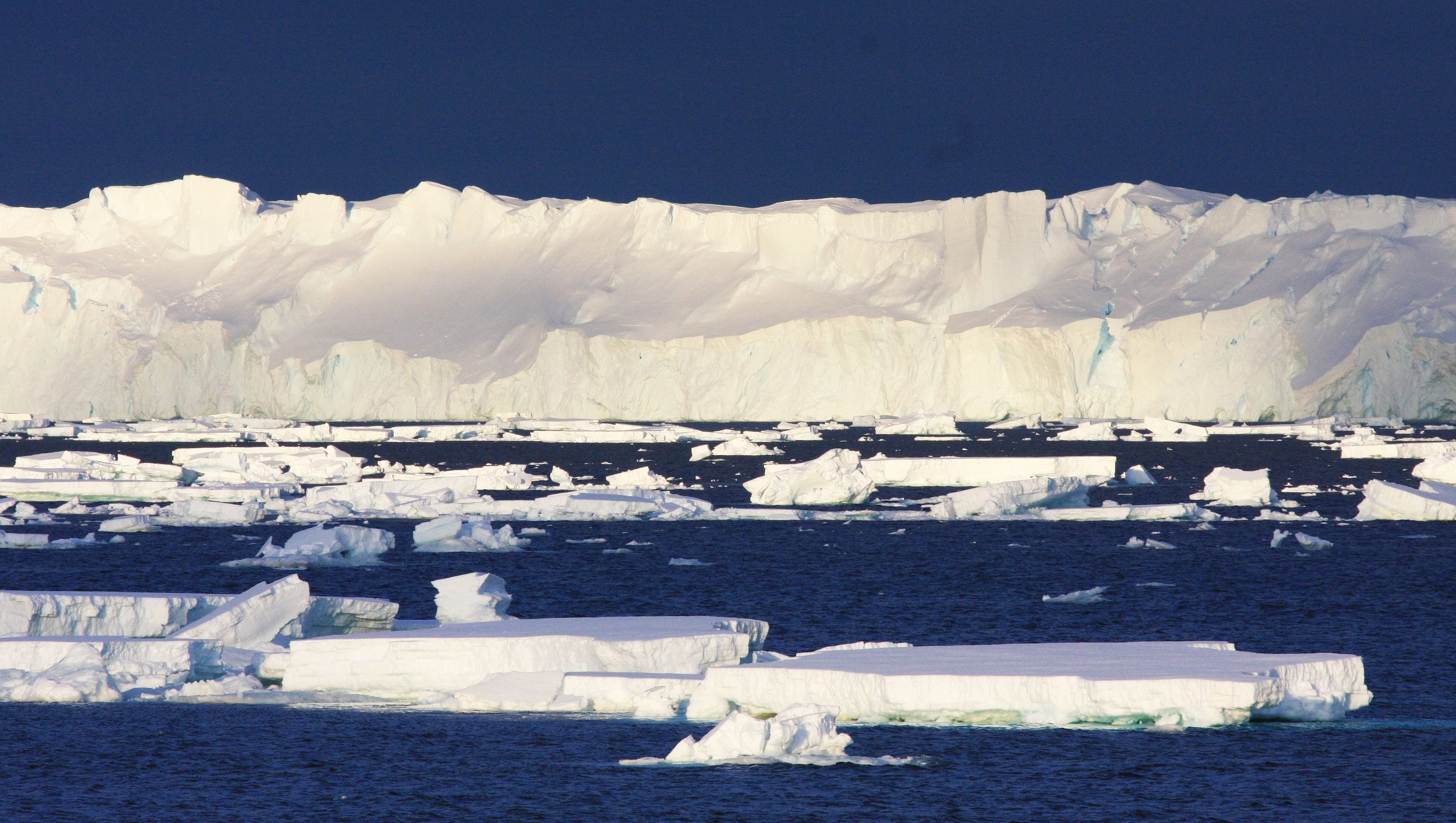Accelerating Sea Level Rise: Threats To Coastal Cities And Towns

Table of Contents
The Causes of Accelerating Sea Level Rise
Accelerating sea level rise is a complex issue with multiple contributing factors. The primary drivers are thermal expansion of seawater and the melting of glaciers and ice sheets. These processes are inextricably linked to climate change and the increasing concentration of greenhouse gas emissions in the atmosphere.
-
Thermal Expansion: As ocean temperatures rise due to global warming, the water expands, leading to a direct increase in sea level. This effect accounts for a significant portion of the observed rise. Understanding thermal expansion is crucial to predicting future sea level rise.
-
Melting Glaciers and Ice Sheets: The melting of glaciers and ice sheets in Greenland and Antarctica is a major contributor to accelerating sea level rise. The vast quantities of ice stored in these regions, when melted, significantly increase global ocean volume. The rate of melting is accelerating, driven by rising air and ocean temperatures.
-
Greenhouse Gas Emissions and Climate Change: Human activities, particularly the burning of fossil fuels for energy, transportation, and industrial processes, are the primary drivers of increased greenhouse gas concentrations in the atmosphere. These gases trap heat, leading to global warming and the resulting effects on ocean temperatures and ice melt, thus accelerating sea level rise. Reducing greenhouse gas emissions is paramount to mitigating this threat.
Impacts of Rising Sea Levels on Coastal Communities
The impacts of rising sea levels on coastal communities are devastating and far-reaching, threatening lives, infrastructure, and economies. The consequences are already being felt worldwide, and are projected to worsen significantly in the coming decades.
-
Coastal Flooding: More frequent and severe coastal flooding events are becoming increasingly common, inundating low-lying areas and causing widespread damage to property and infrastructure. Increased storm surges exacerbate the problem, leading to catastrophic flooding.
-
Coastal Erosion: Rising sea levels accelerate coastal erosion, leading to the loss of beaches, wetlands, and other valuable coastal ecosystems. This erosion undermines infrastructure, threatens homes and businesses, and disrupts vital ecological functions. Coastal erosion management is becoming increasingly crucial.
-
Saltwater Intrusion: Rising sea levels cause saltwater to intrude into freshwater aquifers, contaminating drinking water sources and impacting agriculture. This has significant consequences for public health and food security in coastal regions. Solutions to saltwater intrusion are urgently needed.
-
Infrastructure Damage: Coastal infrastructure, including roads, bridges, buildings, and power plants, is vulnerable to damage from flooding and erosion. The cost of repairing and replacing this damaged infrastructure is substantial, placing a significant burden on local and national economies.
-
Displacement and Economic Losses: Rising sea levels can lead to the displacement of coastal populations, forcing people to relocate and abandon their homes and livelihoods. The economic losses associated with damage, displacement, and disruption to economic activities can be catastrophic.
Mitigation and Adaptation Strategies
Addressing the threat of accelerating sea level rise requires a multifaceted approach that combines mitigation and adaptation strategies. Mitigation focuses on reducing greenhouse gas emissions to slow the rate of sea level rise, while adaptation focuses on reducing the vulnerability of coastal communities to its impacts.
-
Climate Change Mitigation: The most effective long-term strategy is to significantly reduce greenhouse gas emissions through a global transition to renewable energy sources, improved energy efficiency, and sustainable land use practices. International cooperation is crucial for achieving meaningful reductions.
-
Coastal Protection Measures: Various engineering solutions can protect coastal communities from the impacts of rising sea levels. These include seawalls, levees, improved drainage systems, and early warning systems for floods and storm surges. However, these solutions can be costly and may have significant environmental impacts.
-
Nature-Based Solutions: Nature-based solutions, such as mangrove restoration, dune stabilization, and the creation of artificial reefs, can provide cost-effective and environmentally sustainable ways to protect coastlines and mitigate the impacts of sea level rise. These solutions often provide additional benefits such as enhanced biodiversity and improved water quality.
-
Sustainable Development and Climate Resilience: Sustainable development practices in coastal areas are crucial to reducing vulnerability to sea level rise. This includes careful land-use planning, building codes that incorporate climate resilience, and investment in resilient infrastructure.
Conclusion
Accelerating sea level rise poses a significant and growing threat to coastal cities and towns around the world. The impacts are far-reaching, affecting infrastructure, economies, and the lives of millions. Addressing this challenge requires a multifaceted approach that includes both mitigation and adaptation strategies. We must act now to address the urgent issue of accelerating sea level rise. By embracing sustainable practices, investing in resilient infrastructure, and advocating for strong climate action, we can protect our coastal communities and safeguard the future. Learn more about the impacts of accelerating sea level rise and how you can contribute to solutions to protect our coastlines.

Featured Posts
-
 Agresses Au Lac Kir De Dijon L Enquete Policiere Sur L Agression
May 10, 2025
Agresses Au Lac Kir De Dijon L Enquete Policiere Sur L Agression
May 10, 2025 -
 Understanding The Link Between Severe Mental Illness And Violence An Academic Perspective
May 10, 2025
Understanding The Link Between Severe Mental Illness And Violence An Academic Perspective
May 10, 2025 -
 Elon Musks Brother Kimbal A Profile And Analysis Of His Public Persona
May 10, 2025
Elon Musks Brother Kimbal A Profile And Analysis Of His Public Persona
May 10, 2025 -
 His Triumphant Return From Wolves Rejection To European Success
May 10, 2025
His Triumphant Return From Wolves Rejection To European Success
May 10, 2025 -
 Hertls Hat Trick Leads Golden Knights Past Red Wings
May 10, 2025
Hertls Hat Trick Leads Golden Knights Past Red Wings
May 10, 2025
